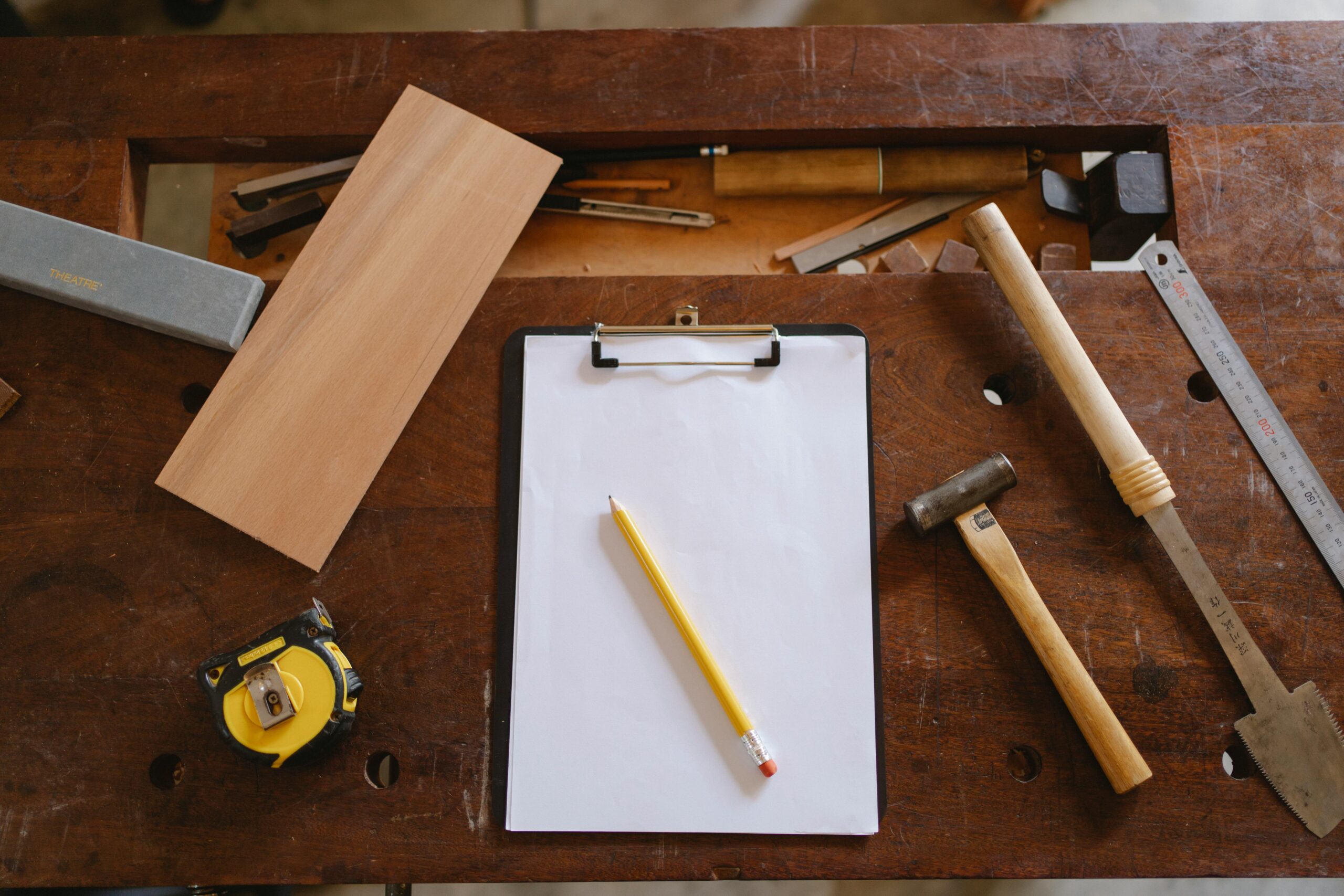
Flat vs. Rotary Dieboards: Which is Better for Die-Cutting?
Die-cutting is a unique industry with a global reach. Reportedly, the market size for the electronic die-cutting market was estimated to be USD 846.4 million in 2022.
By the end of 2031, it is expected to reach over USD 1245 million. As impressive as it sounds, a profitable die-cutting brand relies on the power of tools and machinery, precisely a dieboard. They are usually made of wood and act as a carrier for steel rule during the cutting.
At the outset, there are two primary dieboard types-flat and rotary. While each has its fair share of merits, things boil down to the kind of output. Here’s a closer look to decide between flat and rotary dieboards for your production needs.
Everything You Need To Know About Flat DieBoards
A typical flatbed die-cutting machine has a fixed and movable head. The cutting die uses sharp metal strips also known as the steel rule. The flat die gets mounted on the head or the base. When you run the machine, hydraulic pressure is generated to press the head along the cutting die right through the target material.
Some of the popular flat dieboard types include:
- Rayform Duracore Flat Dieboard: These dieboards are usually preferred for their stability and heat resistance. A rayform duracore flat dieboard is manufactured using thermostat resins, thereby, making them a superior choice for re-knifing. Wherever there’s a need for working with tolerance dies using steel counters, a rayform duracore comes in handy.
- Rayform Polycore Dieboard: This one’s a hybrid dieboard that uses a blend of Rayform and birch. Compared to a Duracore flat dieboard, a polycore is way lighter, making it an ideal choice for stripping and blacking.
- Rayform Duraply Flatbed Dieboard: Duraply flatbed dieboards are manufactured with birchwood cores and rayform faces. And it’s due to this combo that duraply renders itself a stable and stronger option. Surprisingly, it’s among the most affordable dieboards available for high-speed die-cutting. It can also be re-knifed multiple times before the slot starts wearing out.
- Rayform Klean Kerf Flat Dieboard: Looking for a dieboard with authentic features of wood? Rayform Klena Kerf Flat Dieboard could be an excellent choice. This one tops the list with unbeatable holding strength and welcomes re-kniving too.
The other two types of dieboards are premium euro birch and maple dieboards. As the name suggests, these are premium offerings manufactured at European Mills. Undoubtedly, these are among the strongest flat dieboards using natural wood and hard maple faces in an alternating fashion.
Let’s Explore Rotary Dieboards
Now that you know all about flat dieboards, it’s time to explore what rotary dieboards have to offer.
Similar to flat dieboards, rotary dieboards also have multiple options.
- Rayform Rotary Dieboard: Perhaps the toughest dieboard that’s available in today’s market. Rayform rotary is preferred for rotary die-cutting technique. Extremely durable and welcomes re-knifing as well as size control.
- Premium Beech Rotary Dieboard: Another high-quality dieboard known for its superior quality and performance. Premium beech rotary dieboard is extremely popular with woodworkers and medium to big manufacturers.
- Premium Maple Rotary Dieboard: As a premium offering, the maple rotary dieboards are manufactured following a controlled process. As one might know already, maple wood packs great strength and longevity. As a premium offering, a rotary dieboard is made using pure, unadulterated maple wood that promises unbeatable resistance, supreme bridge strength, and longevity.
Now that we’ve reached the heart of the article, you must have formed a comprehensive idea about flat and rotary dieboards. Undoubtedly, they are equally significant tools for the die-cutting industry. But before you choose one for specific needs, you’ll need to mind the trends in die cutting, like automation for instance.
The last couple of years have witnessed the die-cutting industry embracing automation of processes at a spree.
Automatic die-cutting machines are fast replacing manual die-cutting machinery saving time and money in tandem. With changing consumer demands, production time is also undergoing a massive change like never before. Production variety is also a key consideration. Today, die-cutting machines are a go-to choice to create a range of marketing collaterals like posters, banners, cards, and a lot more.
Closing Thoughts
Today, the commodities of use have become a lot more scientific, leading to fast-track production. But that doesn’t mean sacrificing the quality, which is a key determiner to stay afloat amidst teeth-to-teeth competition.
Choosing the right dieboard is a step forward to manufacturing high-quality products faster. No matter the trend, dieboards will always remain in demand and shall continue to enhance operational efficiency for die-cutting processes.
We hope this article helps you to narrow down your choice for a dieboard. Whether you prefer using a flat or a rotary dieboard, make sure it does justice to your manufacturing needs and meets key customer requirements. Once you have a clear idea, the rest is easy. Should you have any queries about choosing between flat and rotary dieboard, drop your thoughts in a comment below.